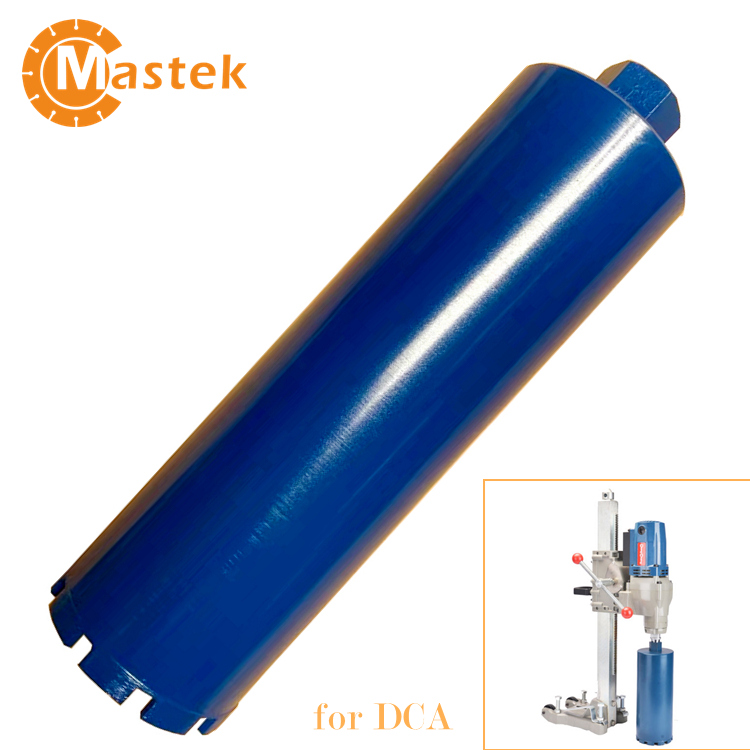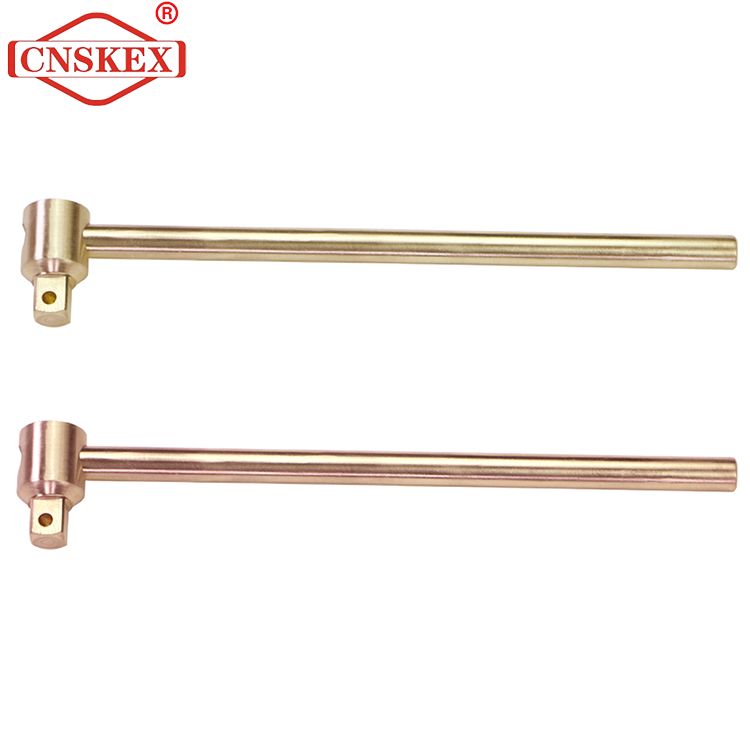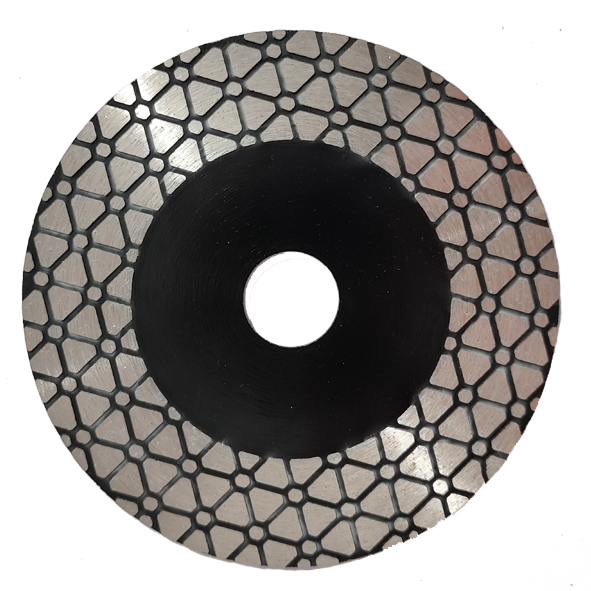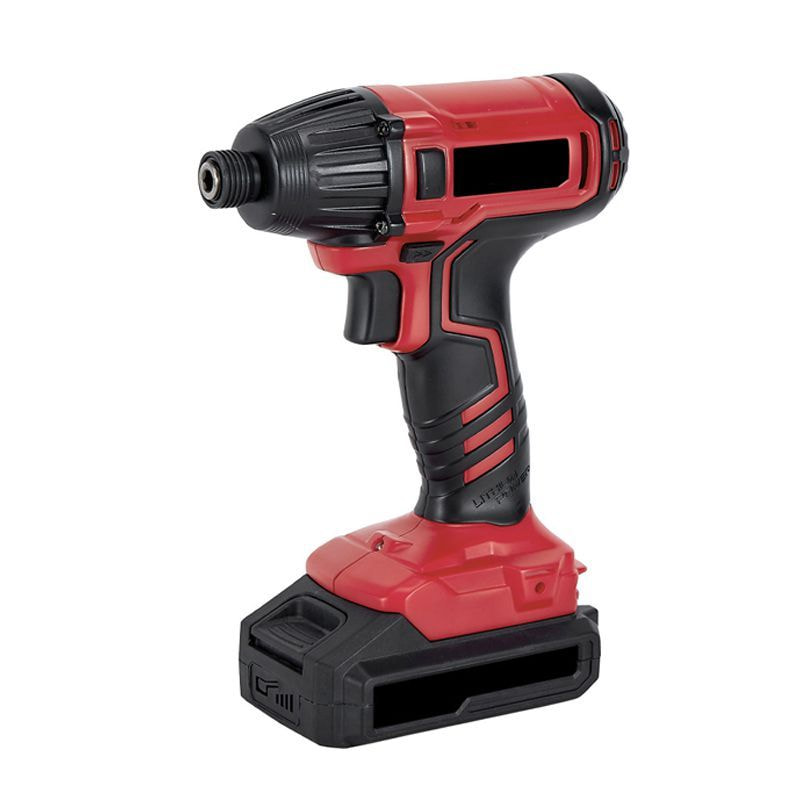Construction projects often require drilling through concrete, masonry, or other hard materials. Traditional drilling methods generate dust and debris, posing challenges for cleanliness and accuracy. However, wet core drilling has emerged as a promising technique that offers several advantages over dry drilling. This article explores the benefits and applications of wet core drilling and its potential to revolutionize the construction industry.
Enhanced Cooling and Lubrication:
One of the primary advantages of wet core drilling is its ability to cool and lubricate the drill bit during the drilling process. Unlike dry drilling, where heat builds up rapidly, wet core drilling utilizes a continuous water flow that cools down the bit, preventing overheating and prolonging its lifespan. This cooling effect also reduces the risk of premature tool wear and ensures more consistent drilling performance.

Dust and Debris Containment:
Dry drilling produces a significant amount of dust and debris, leading to a messy work environment and potential health hazards for workers. Wet core drilling effectively addresses this issue by suppressing dust and containing debris. The water used in the process helps to bind the dust particles together, minimizing airborne particulates. This not only promotes a cleaner working environment but also contributes to improved air quality and worker safety.
Enhanced Precision and Accuracy:
Accuracy is crucial in construction projects, particularly when it comes to creating openings for plumbing, electrical installations, or anchoring systems. Wet core drilling offers enhanced precision and accuracy due to the reduced friction and heat generated during the process. The continuous water flow ensures smoother drilling, resulting in cleaner and more precise holes. This precision is especially beneficial when working on delicate or intricate projects that demand a high degree of accuracy.
Explore more:How do I choose the right circular saw blade for my project?The Rise of Synthetic Fiber Brushes: A Revolution in PaintingEnhancing Surfaces with Wood Graining Tools: A Masterstroke of ArtistryThe Non-Sparking Hammer: Ensuring Safety in Hazardous EnvironmentsHow many teeth do I need on my saw blade?Do patterned paint rollers work?The Intricate Art of Diamond Saw Blade Manufacturing
Versatility and Wide Range of Applications:
Wet core drilling can be applied to various materials, including concrete, brick, stone, and asphalt. Its versatility makes it a valuable technique in a wide range of construction applications, such as creating openings for pipes, cables, and ventilation systems, installing anchor bolts, and cutting through thick concrete slabs. This adaptability ensures that wet core drilling can be utilized across multiple construction projects, providing a reliable and efficient solution.
Reduced Vibrations and Noise Levels:
Traditional drilling methods often generate significant vibrations and noise levels, which can be disruptive to both workers and nearby occupants. Wet core drilling minimizes vibrations and dampens noise, creating a more comfortable working environment. This feature is particularly advantageous in construction projects that take place in sensitive locations, such as hospitals, schools, or residential areas.
Conclusion:
Wet core drilling represents a significant advancement in construction technology, offering numerous benefits over traditional drilling methods. With its enhanced cooling and lubrication, dust containment, precision, versatility, and reduced vibrations, it has the potential to revolutionize the industry by improving efficiency and ensuring higher quality results. As construction projects continue to evolve, embracing wet core drilling as a key technique can lead to more efficient and precise construction practices.
Explore more:What are the applications of TCT tools?Exploring the Efficacy of Patterned Paint RollersTips for Using Non-Sparking Tools SafelyAre Pullers the Ultimate Solution for Your Toughest Problems? A 2023 Buyer's GuideHow Do I Choose a Weldon End Mill Holder?How long will a diamond blade last?What is a cordless drill best used for?












Comments
Please Join Us to post.
0